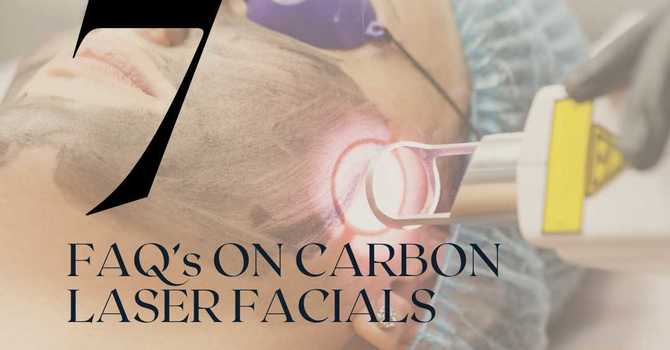.jpg)
Tattoos have long been a form of self-expression, each stroke immortalizing a moment, belief, or memory under the skin's canvas. However, what happens when that once-prized ink no longer aligns with who we are? The evolution of tattoo inks and their impact on the removal process has become a focal point in the world of dermatology and cosmetic procedures.
Two decades ago, tattoo inks predominantly consisted of carbon-based pigments, particularly in black ink. These inks were relatively straightforward in composition and exhibited a higher level of responsiveness to removal techniques. The simplicity of their composition made them more amenable to laser treatments, resulting in a smoother and quicker removal process.
Fast forward to the present day, and the tattoo landscape has transformed significantly. Modern tattoo inks have evolved into a vibrant spectrum of colors, incorporating a myriad of compounds, heavy metals, and synthetic elements. Tattoo artists now wield a palette that showcases a broader range of hues and longer-lasting vibrancy, ushering in a new era of ink complexity.
These newer ink formulations, while visually stunning, present unique challenges when it comes to removal. Certain colors like reds, yellows, blues, and greens employ diverse compounds for their vividness but are notoriously resistant to laser treatments. Unlike traditional black ink, they may not readily absorb specific wavelengths of light, making them more stubborn during removal procedures.
Moreover, the artistry of tattoo application has evolved. Modern tattoos are often inked deeper into the skin's layers, intricately woven into the dermal tapestry. This deeper placement poses a challenge for removal as the ink particles become more entrenched within the skin, rendering them more resistant to laser energy's breakdown.
Consequently, the complexities of these contemporary ink compositions and their deeper integration into the skin necessitate a more nuanced approach to tattoo removal. Patients seeking removal often require multiple sessions, employing specialized lasers that target various wavelengths to effectively break down the diverse ink pigments.
The journey to removing a tattoo is no longer just a matter of erasing ink; it's a delicate dance between technology, skin physiology, and the artistry that was once etched onto the body. While older tattoo inks, owing to their simplicity and shallower placement, were more easily removed, the new frontier of tattoo inks demands a more strategic and meticulous approach.
For individuals contemplating tattoo removal, understanding these nuances becomes imperative. It underscores the importance of consulting with experienced laser removal specialist who can devise personalized removal plans tailored to the specific ink composition, depth, and colors of the tattoo and has a deep understanding of how the tattoo removal process works to get the most effective results for each client.

Lauren Banks
Contact Me


.jpg)